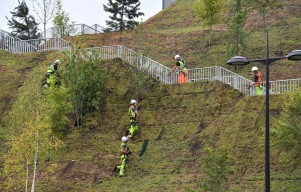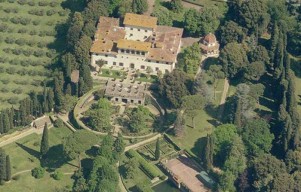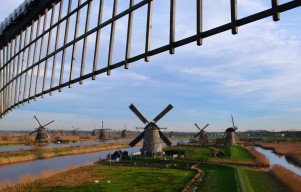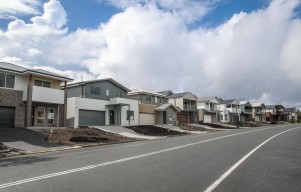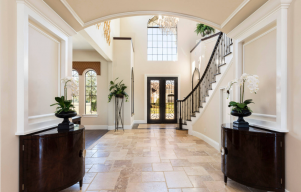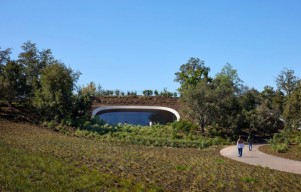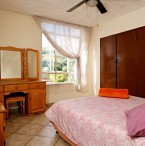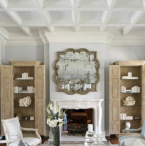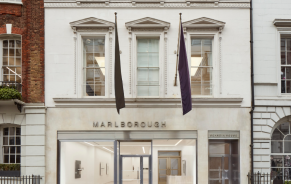
(Photo: Unsplash / Thomas Evans)
North Korea is a bizarre superpower ruled with an iron fist and obsessed with maintaining absolute power and total control. Its architectural scene is a mix of hypermodern high-rise buildings and socialist memorials. From the intimidating Ryugyong Hotel to the ideologically driven Sci-Tech Complex, Pyongyang's architecture overshadows the people's needs.
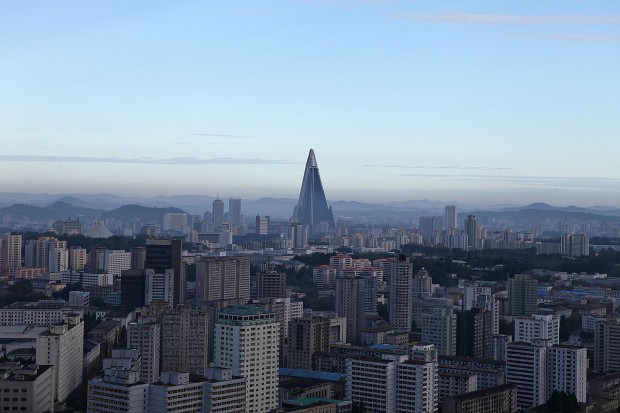
(Photo: Wikipedia / Roman Harak)
Pyongyang: A City of Contrasts
North Korea's capital is one of the world's most contradictory cities. On the one hand, it shows some of the most modern buildings in the world: skyscrapers that reach the sky. One of the tallest buildings is the Ryugyong Hotel, which is 105 floors high and looks like a vast castle rising into the sky. On the other hand, it is decorated with statues and enormous buildings representing the socialist government.

(Photo: Wikipedia / Uwe Brodrecht)
Another example of North Korea's architectural determination is Mirae Scientists Street, a highly futuristic residential area that will accommodate the leading scientists and researchers in the communist state. The complex consists of buildings with designs that can be described as modernist since they have curved walls and are made of glass, which contrasts with the other buildings that can be characterized as socialist.
The Vision of Supreme Leader Kim Jong-Un
It has been said that North Korea can credit a great deal of architectural growth to Supreme Leader Kim Jong-Un, who has focused on the redevelopment of cities during his administration. During his reign, the dictatorship began massive projects that focused on developing the country's infrastructure and demonstrating its technical potential to the rest of the planet.

(Photo: Wikipedia / Christophe95)
One such project is the proposed Sci-Tech Complex, which is envisaged as a showpiece to propagate scientific research and development. The complex has vivid modernist architecture and technology that represents NK's desire for global leadership in science and technology.
Also Read: Arturo Tedeschi's AI-Driven Architecture Revolutionizes Construction
Control Through Architecture
However, communism's cover-up of modernity and progressiveness was a mask of horror. The architecture in North Korea is artificially created and serves to maintain the totalitarian regime's authority over the population. The large government structures and monuments act as icons of authority, and the structured layout of the city deters insurrection and rebellion tendencies.

(Photo: Wikipedia / Uri Tours)
Political meaning is even attributed to what looks like non-political sites like the Munsu Water Park. The water park is designed in the shape of this wave and thus is not only a place for entertainment but also an embodiment of this regime's power and its ability to overcome any difficulties in its way.
The Future of North Korean Architecture
Due to its isolation by Western powers, North Korea's economic factors will determine its future architectural development. Despite this, the regime is likely to focus on mega projects that demonstrate its power and glory simply because these need to be built regardless of how useless they are for the population.
But what is noticeable is the fact that there is hope for change to come. North Korea has changed its attitude towards globalization and is experiencing new opportunities. Whether this will translate into a more open and progressive approach to architecture remains to be seen. However, one thing is clear: we will still be talking about the architectural wonders of North Korea long after we are gone.
Related Article: CSD.DESIGN Unveils Sanxingdui Museum's Interior Composition with Copper Spiral Ramp
